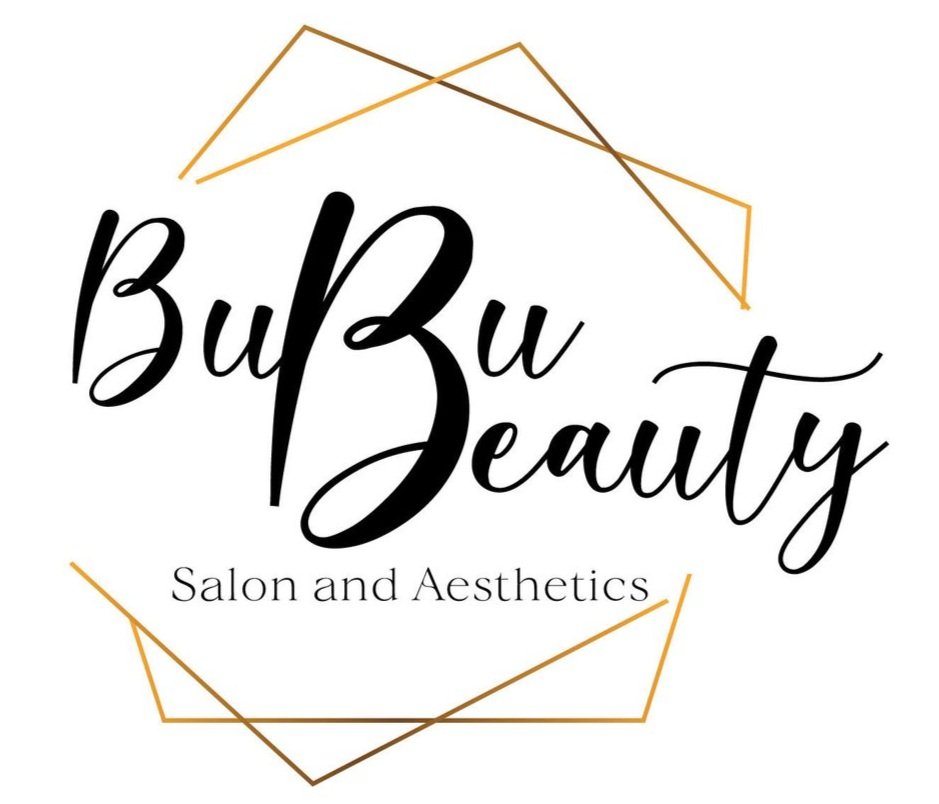What is Led Light Therapy?
LED light therapy, s a non-invasive skin treatment that uses specific wavelengths of light to stimulate various cellular processes in the skin. LED stands for Light Emitting Diode, which are tiny electronic devices that emit light when an electric current is applied to them.
In LED light therapy, different colors of light are used to target specific skin concerns. The most common colors used in LED therapy are red and blue, but other colors like yellow and green may also be used. Each color of light penetrates the skin at different depths and has different effects on the skin.
Types of Led Light Therapy
In BubuBeauty we are using 3 types of light therapy; red light, blue light and yellow light.
Red Light: Red light penetrates deep into the skin and helps stimulate collagen production, which can improve skin elasticity, reduce the appearance of fine lines and wrinkles, and promote overall skin rejuvenation. It is often used for anti-aging purposes.
Blue Light: Blue light has antibacterial properties and is commonly used to target and kill the bacteria that contribute to acne breakouts. It can help reduce inflammation and improve the appearance of acne-prone skin.
Yellow Light: Yellow light is beneficial for improving skin tone and texture. It can help reduce redness, inflammation, and the appearance of blood vessels. Yellow light is often used to soothe and calm the skin.
Is the Led Therapy Safe?
LED light therapy is generally considered safe when used properly and administered by trained professionals. It is a non-invasive treatment that does not emit harmful UV rays like tanning beds or sun exposure.
LED light therapy has been extensively studied and has demonstrated a low risk of adverse effects. The treatment does not typically cause pain, discomfort, or downtime, making it well-tolerated by most individuals.
However, it is important to follow safety guidelines and consult with a healthcare professional before undergoing LED light therapy. Certain individuals may have contraindications or specific conditions that need to be taken into consideration.
For example, LED light therapy may not be suitable for pregnant women, individuals with epilepsy, those with a history of skin cancer or photosensitivity, or individuals who are taking photosensitizing medications. It is crucial to discuss any pre-existing medical conditions, medications, or concerns with a healthcare professional prior to undergoing LED light therapy.
